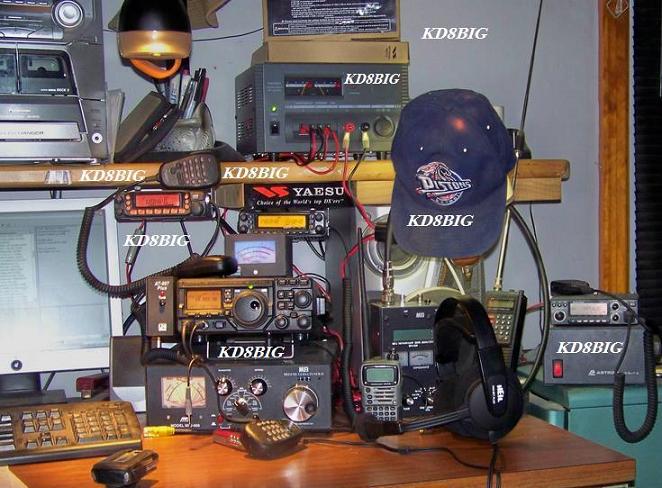No ham radio license or special training needed.
Just need a computer with a sound card, a short-wave receiver, and some tracking and decoding software.
You don't need a ham radio license and transmitter to participate in space radio. Monitoring of radio transmissions is a popular hobby of its own. You can listen in on satellite downlinks and shuttle communications with police scanners and shortwave radios, available at your local electronics store.
(Listening in on manned spaceflights began early in the space age. This article The first 'scoop' from space in 1999 by John Rich at the Christian Science Monitor reports on NBC reporters eavesdropping on Gordon Cooper's communications while he was in space on Mercury Faith 7.)
You can also directly capture weather satellite images and other satellite signals using radio and computer kits.
A related hobby involves reception of Natural Radio signals produced by atmospheric phenomena such as lightning and aurora. VLF (Very Low Frequency, less than 500HZ) signals from the magnetosphere can be detected from as far as 20000 miles above the earth. When these signals are converted to audio, an assortment of unique sounds such as whistlers and sferics can be heard.
Amateurs even do Radio Astronomy with homemade systems. They can carry out a wide range of observations ranging from listening to electromagnetic storms on Jupiter to picking up pulsar signals to searching for ET signals.











